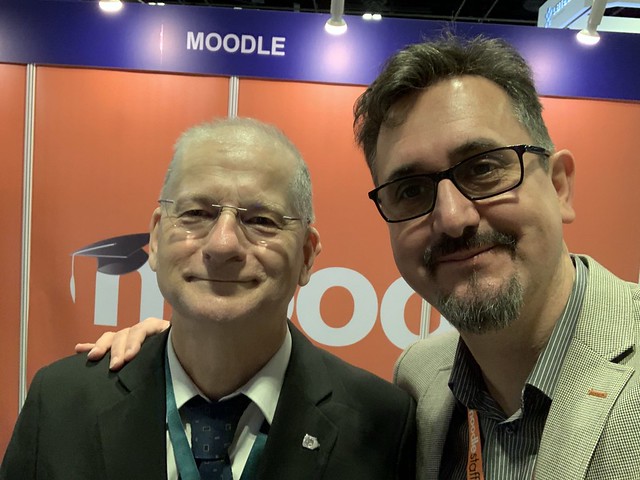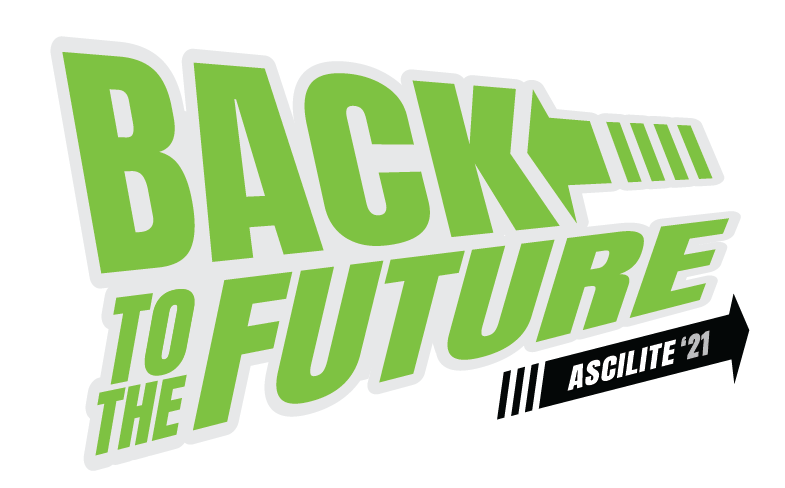The Australian Ministers for Education, Trade, and Immigration, , Alan Tudge, Dan Tehan, and Alex Hawke,
released an
Australian Strategy for International Education 2021‑2030, on 26 November 2021. This is a relatively easy read at 32 pages. Note that this is an Australian Government strategy, not one issued by Australian educators, or institutions.
As the forward points out million of international graduates of Australian universities have become leaders in their countries, whereas others have contributed as Australian citizens. At the same time this is a $40B a year export industry. The new strategy's priority is for "Diversification", after COVID-19 reduced the flow of students from China and India to Australian campuses. The obvious solution, outlined in the strategy is to attract students from other countries, and to teach some of these students, at least part of the time, online.
However, the risk in having students from a few countries travel to Australia to study was obvious when SARS-CoV-1 closed campuses in the East Asia, in 2002. This was 19 years before SARS-CoV-2 again closed campuses. Unfortunately, the Australian government and Australian university, either did not learn the lesson for forgot it. In 2016/17 I warned in talks and articles that Australian universities should be ready with online leaning in case an emergency kept international students away.
While 19 years late, the Australian Government's recognition of the need for diversification is welcome. However, it will take a considerable amount of funding and policy work to have Australian universities re-skill, reequip to attract students from other countries and provide them with quality online education. There are no substantive proposals or funding commitments in the strategy to achieve this. There is no clear direction set as to what countries are to be targeted (the obvious being Indonesia).
The Australian Strategy for International Education is similar to the Australian Government's recent climate change strategy: a decade late, lacking in detail, and funding. In 2016 I was not thinking of a pandemic keeping international students from campus, but a military confrontation in the region. Such a confrontation could happen at any time, resulting in almost all students having to leave Australia.
In addition to the short term risk from a regional emergency, in 2016 I warned of the long term risk from increased international competition, both for international students and Australian domestic students. As well as Canada (where I studied*), UK & US, Australian institutions have to compete with China's Belt and Road Education Plan.
* In 2013 I looked for a graduate education program to undertake. I first looked at programs at universities in the city where I live, then at ones I could study at online in Australia. However, I ended up an online international student, in a quality program which was cheaper than studying in Australia. As part of my studies I investigated the threat to Australian universities from increased competition, and how they could provide quality online and blended programs to remain in business. I will be discussing this at EdTechPosium, in Canberra, 10 December 2021.









